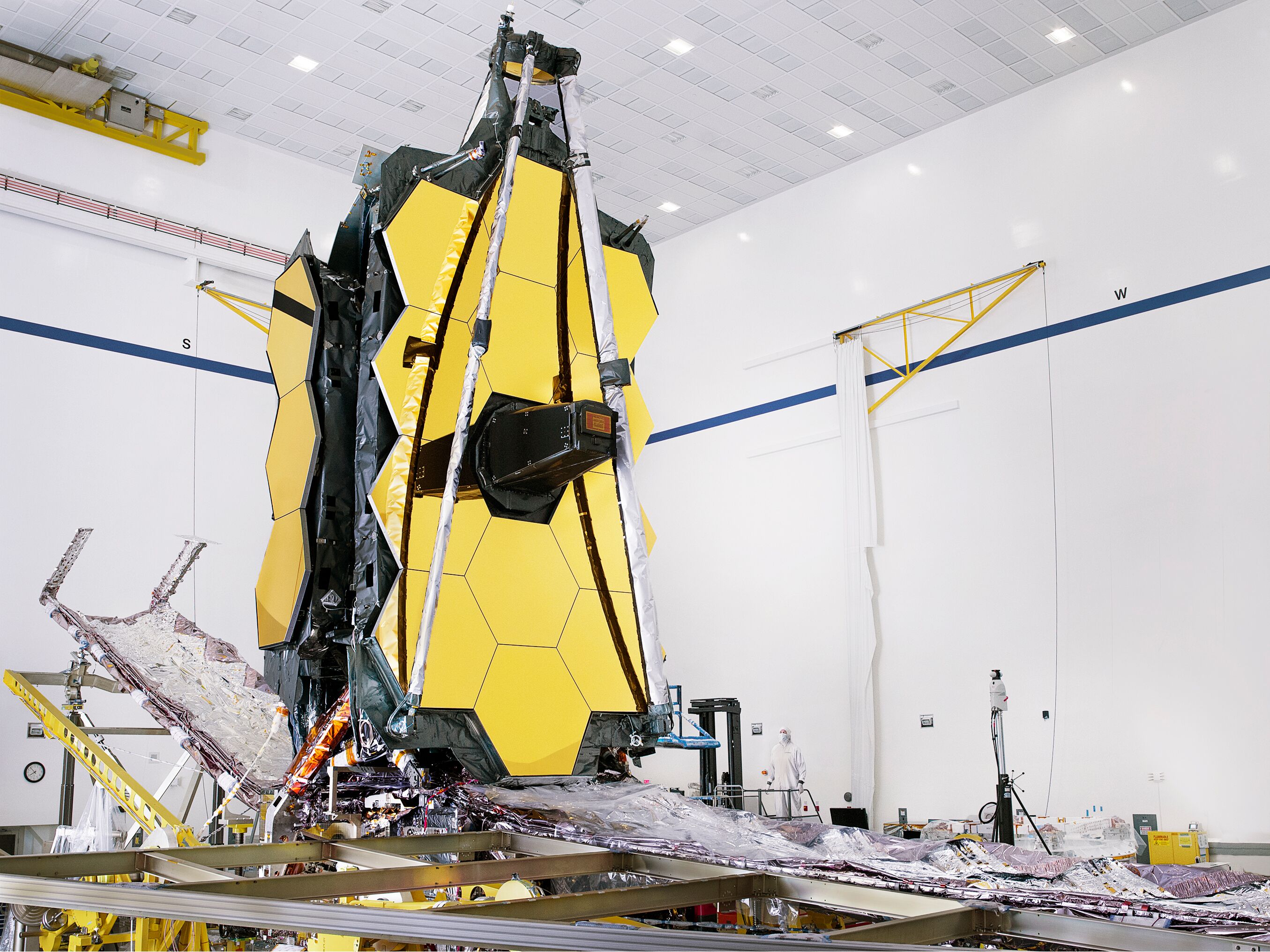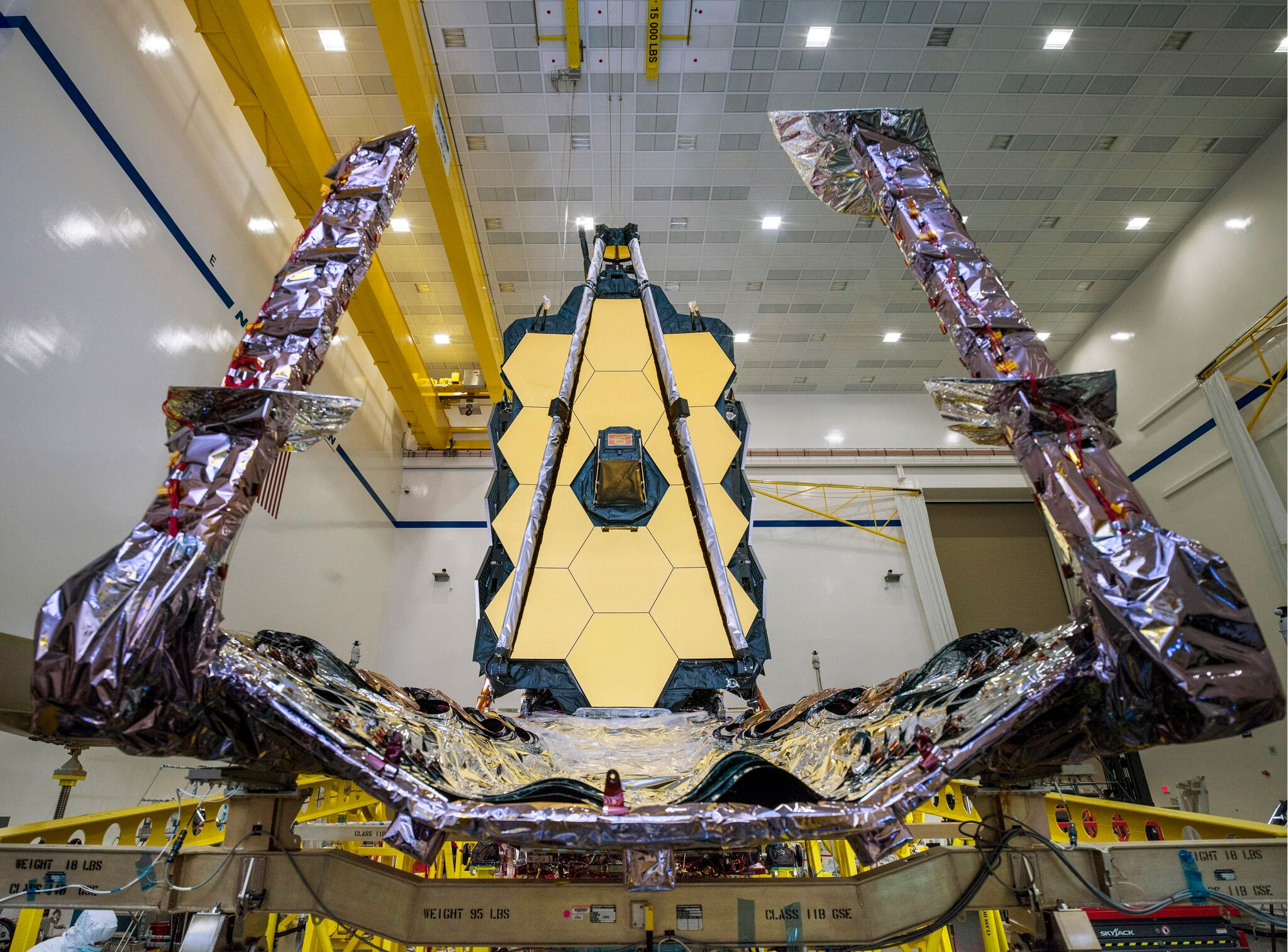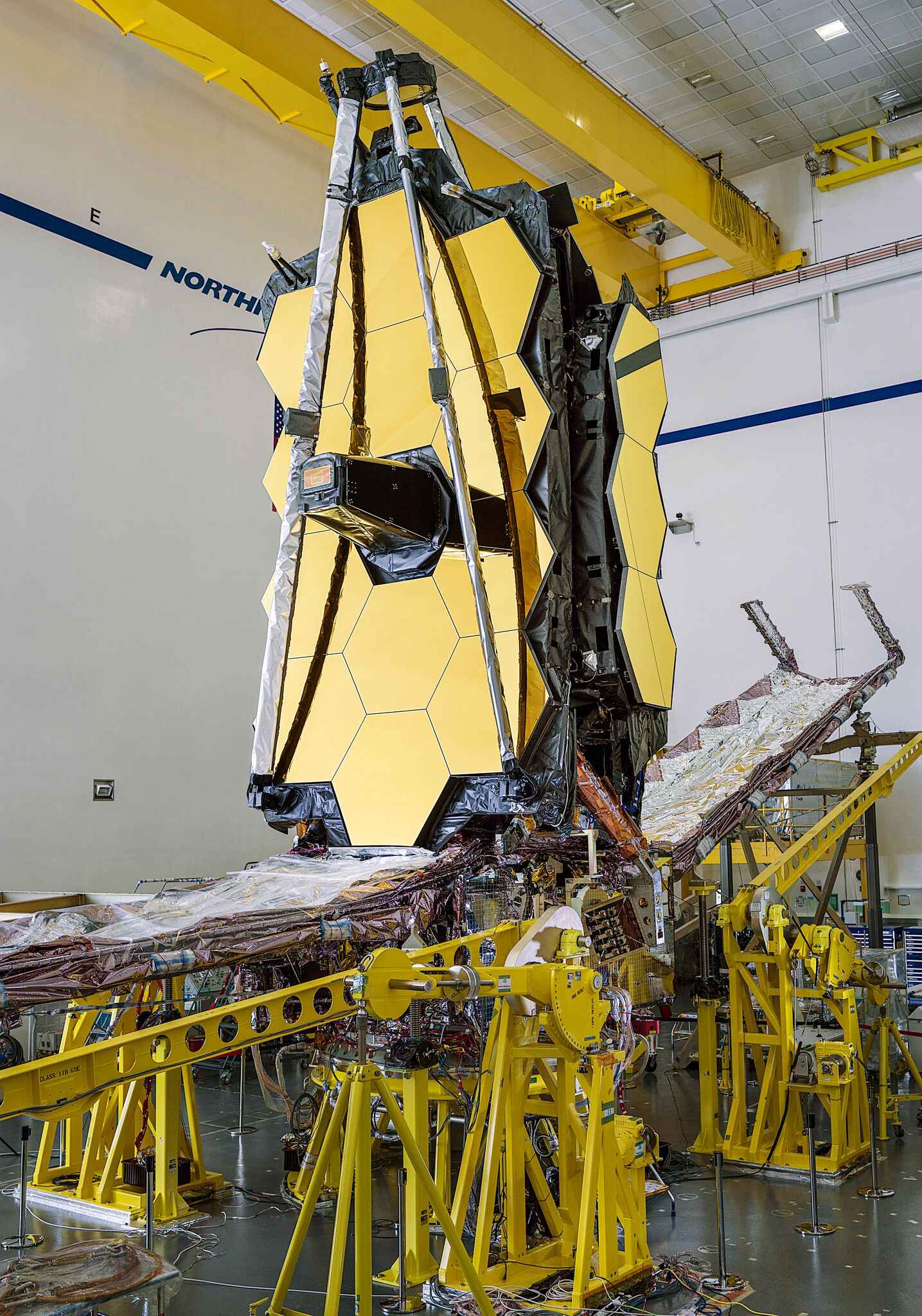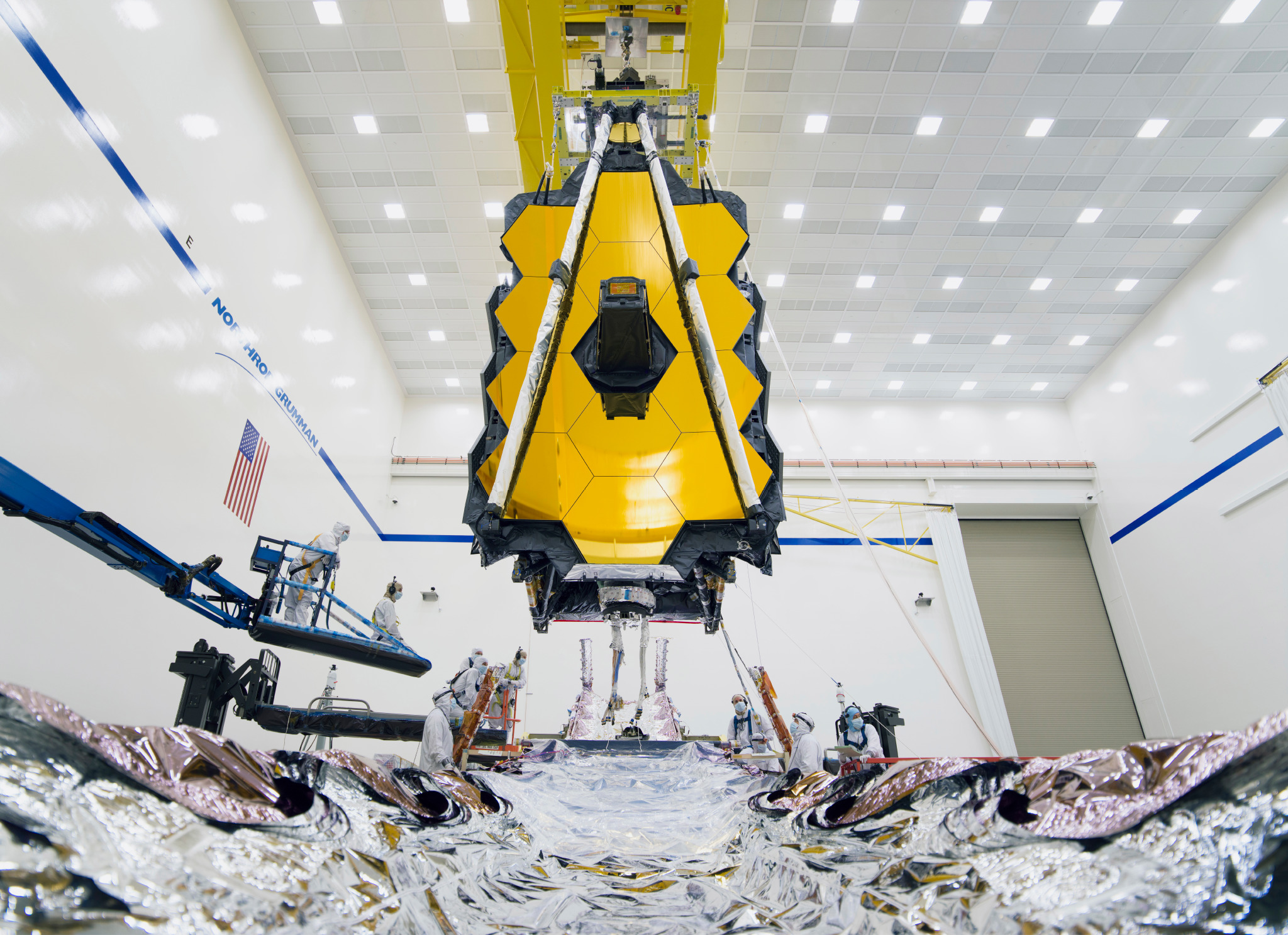
NASA's next big space observatory has finally come together.
Engineers have joined both halves of the $9.7 billion James Webb Space Telescope, which is scheduled to launch in March 2021, NASA officials announced today (Aug. 28).
"The assembly of the telescope and its scientific instruments, sunshield and the spacecraft into one observatory represents an incredible achievement by the entire Webb team," Webb project manager Bill Ochs, of NASA's Goddard Space Flight Center in Greenbelt, Maryland, said in a statement.
"This milestone symbolizes the efforts of thousands of dedicated individuals for over more than 20 years across NASA, the European Space Agency, the Canadian Space Agency, Northrop Grumman and the rest of our industrial and academic partners," Ochs added.
Related: Building the James Webb Space Telescope (Gallery)



The recent work took place at the Redondo Beach, California, facilities of Northrop Grumman, the prime contractor for Webb, which NASA bills as the successor to the iconic Hubble Space Telescope.
Using a crane, engineers gently lowered the telescope element, which consists of the optical and scientific gear, onto the spacecraft body. Webb's complex, foldable sunshield, which will keep the telescope's instruments cool during operation, was already connected to the spacecraft segment.
Get the Space.com Newsletter
Breaking space news, the latest updates on rocket launches, skywatching events and more!
The team then connected the two halves mechanically. Technicians still need to make, and then test, the electrical connections between the pieces, NASA officials said.
The assembly milestone was a long time coming; the Webb Space Telescope mission has endured a series of delays and cost overruns. Since 2009, for example, the project's price tag has almost doubled, and its target launch date has been pushed back by nearly seven years.
But the telescope's great scientific potential makes all that hard work and struggle worthwhile, NASA officials have said. The powerful Webb, which is optimized to view the universe in infrared light, will allow astronomers to address some of the biggest cosmic questions once it's up and running at the sun-Earth Lagrange Point 2, a gravitationally stable point in space about 930,000 miles (1.5 million kilometers) from Earth.
Researchers will use the observatory to hunt for signs of life in the atmospheres of nearby alien planets, for example, and to study the formation of the universe's first stars and galaxies about 13.5 billion years ago.
"This is an exciting time to now see all Webb's parts finally joined together into a single observatory for the very first time," Gregory Robinson, the Webb program director at NASA Headquarters in Washington, D.C., said in the same statement. "The engineering team has accomplished a huge step forward, and soon we will be able to see incredible new views of our amazing universe."
- NASA's James Webb Space Telescope: Hubble's Cosmic Successor
- House Spending Bill Fires Warning Shot at James Webb Space Telescope
- NASA's James Webb Space Telescope Arrives in California for Final Assembly (Photos)
Mike Wall's book about the search for alien life, "Out There" (Grand Central Publishing, 2018; illustrated by Karl Tate), is out now. Follow him on Twitter @michaeldwall. Follow us on Twitter @Spacedotcom or Facebook.
Join our Space Forums to keep talking space on the latest missions, night sky and more! And if you have a news tip, correction or comment, let us know at: community@space.com.

Michael Wall is a Senior Space Writer with Space.com and joined the team in 2010. He primarily covers exoplanets, spaceflight and military space, but has been known to dabble in the space art beat. His book about the search for alien life, "Out There," was published on Nov. 13, 2018. Before becoming a science writer, Michael worked as a herpetologist and wildlife biologist. He has a Ph.D. in evolutionary biology from the University of Sydney, Australia, a bachelor's degree from the University of Arizona, and a graduate certificate in science writing from the University of California, Santa Cruz. To find out what his latest project is, you can follow Michael on Twitter.









